Chef’s cut: the best films about food
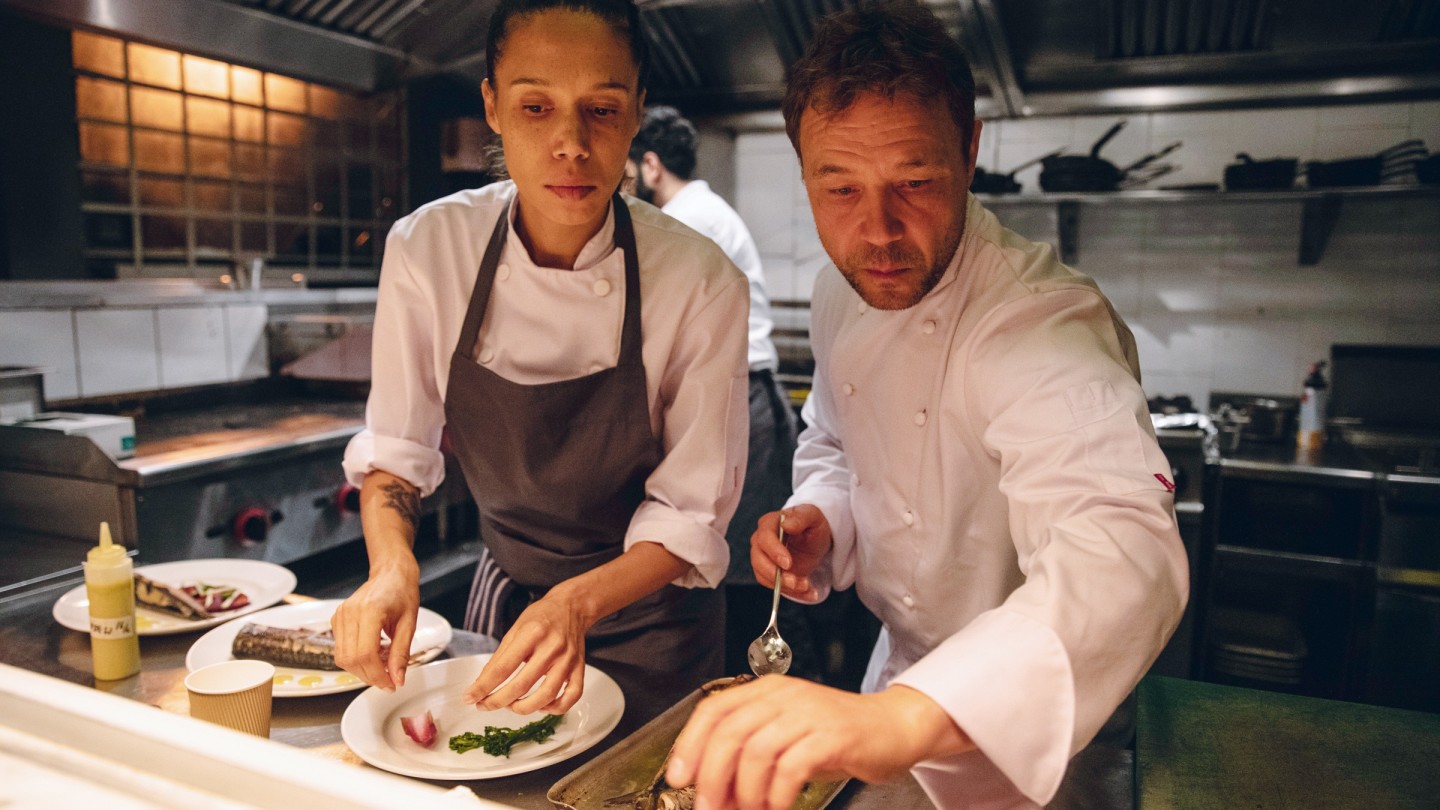
Roula Khalaf, Editor of the FT, selects her favourite stories in this weekly newsletter.
The forthcoming British film Boiling Point, starring Stephen Graham as the head chef of an east London restaurant, is a 92-minute feature shot in one continuous take. It paints an often excruciating picture of what it’s like to run a restaurant, from being upbraided by a hygiene inspector for sloppy paperwork to being ambushed on a busy night by the arrival of a food critic. When we discover one of the customers has a nut allergy, it’s like Chekhov’s gun being cocked. Sure enough, by the end, an EpiPen has made an appearance and all hell has broken loose. The night is a record of every hardship that could possibly take place in a restaurant, including self-harm. That makes it sound like grim viewing. It’s not. It’s as tense as a thriller.
Writer-director Philip Barantini worked as a chef for 12 years and recruited leading chefs such as Ellis Barrie to teach the actors the “chef-y way of doing things”. After all, you don’t want your audience losing faith because an actor clearly doesn’t know how to prep a poussin.
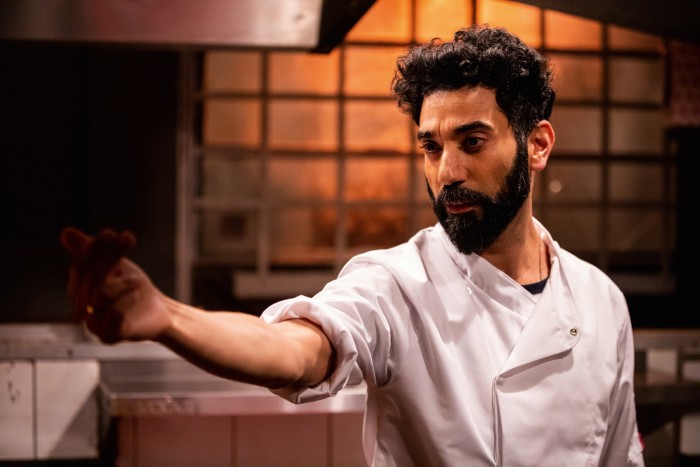
Accuracy is a key concern for chefs when their profession is depicted on the big screen. Many despair of films like Burnt (starring Bradley Cooper) for perpetuating the cliché of the kitchen-dictator-mad-genius. “I would rather we stopped glorifying bad boys,” says cook and FT recipe writer Ravinder Bhogal. “They are passé.”
For verisimilitude – everything from the proper layout of a kitchen to how a dish is plated – many chefs single out Ratatouille (a cartoon) as a winner, albeit one that draws on the career of Hélène Darroze for inspiration. “It’s nearly everything one might expect from a professional kitchen,” says James Knappett of two Michelin-starred Kitchen Table in London, “without the rat.”
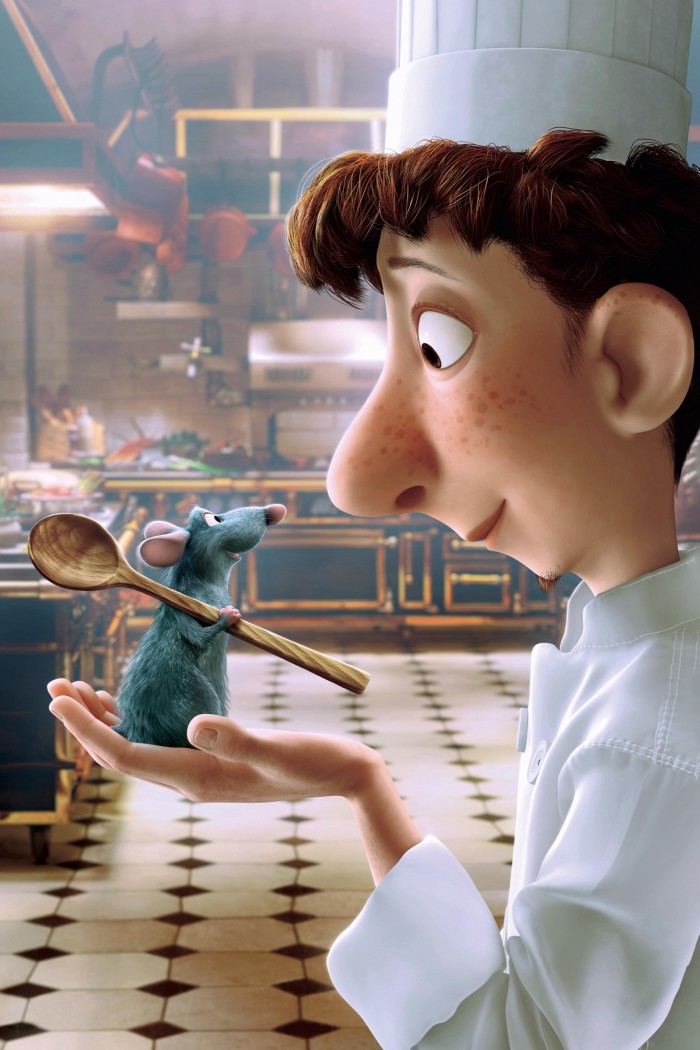
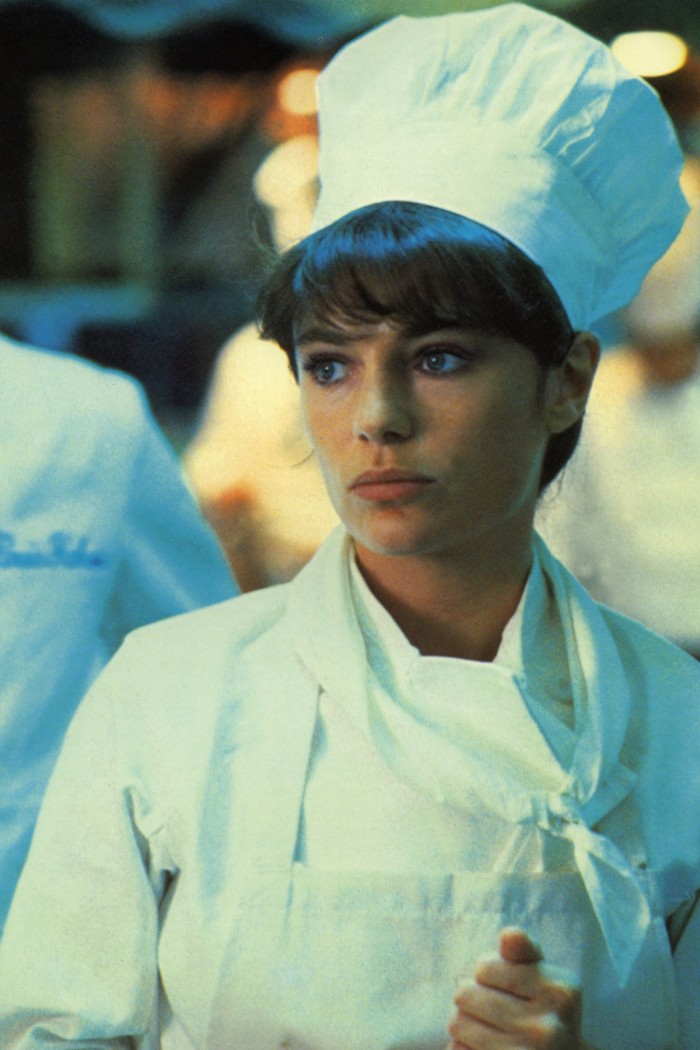
Russell Norman uses an early scene from Big Night for training his staff. Set in an Italian restaurant in 1950s New Jersey, it captures a chef’s exasperation at being asked to supplement his lovingly prepared seafood risotto with a side of spaghetti. Because every Italian dish comes with spaghetti, right? Or so his philistine customer thinks. For Norman, whose new restaurant Brutto trades in authentic Tuscan cuisine, having to grapple with customers’ expectations (sometimes at odds with the dish) is just another part of the job, best met with equanimity.
Of course, realism only takes you so far and I sympathise with Jeremy Lee of Quo Vadis for wanting to leave behind the day-to-day reality of kitchens for the fantastical depictions in The Cook, The Thief, His Wife and Her Lover. He also raves about a film called Who Is Killing the Great Chefs of Europe? starring “the impossibly beautiful Jacqueline Bisset as the pastry chef at Buckingham Palace”. Is there anything about that sentence you don’t love?
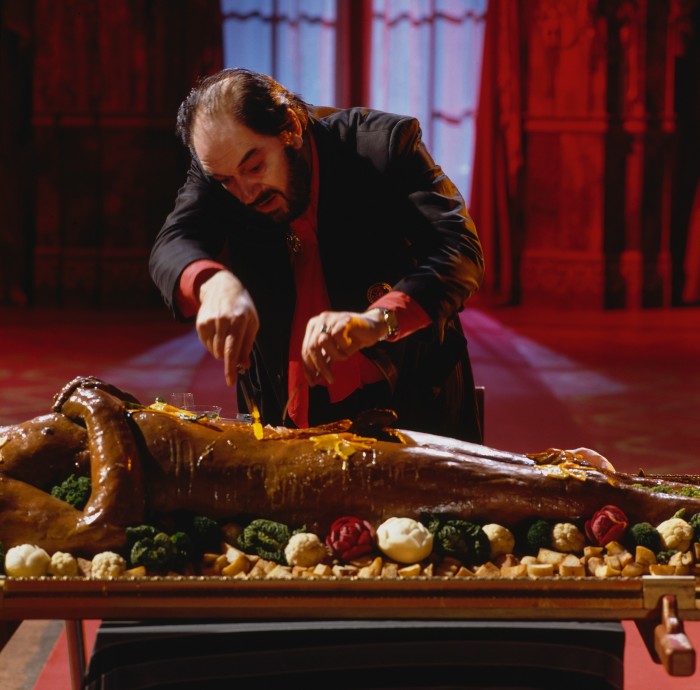
Sessions Arts Club co-founder Jon Spiteri watches the famous scene from The Godfather in which Michael Corleone kills Sollozzo and McCluskey and can’t help but focus on what a beautiful restaurant it is. It’s rather like Bocca Di Lupo’s Jacob Kenedy being inspired by The Silence of the Lambs to serve liver with fava beans and chianti. Not human liver, but of all the things to inspire a dish on your menu?
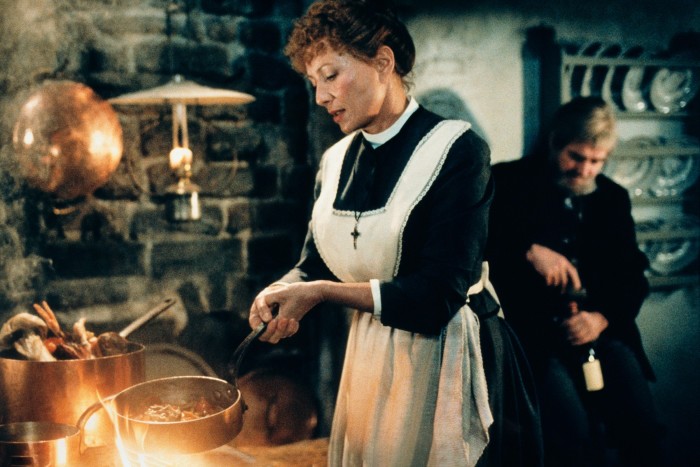
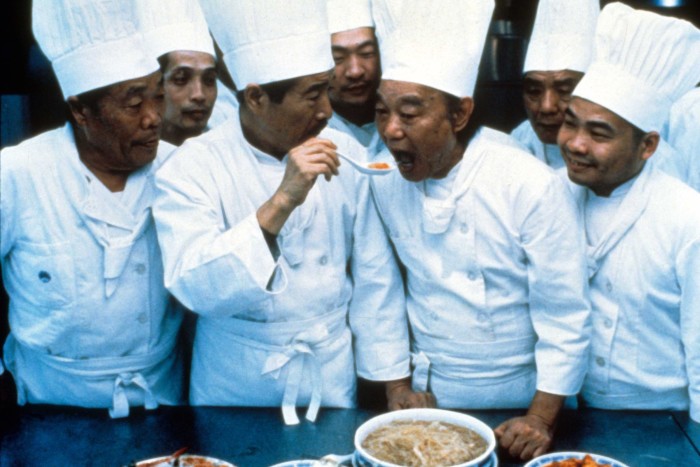
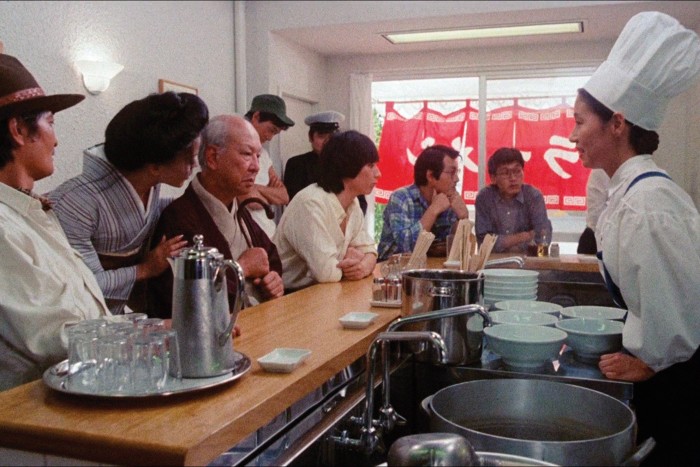
The problem with food on film is there are too many examples to cover off. But if you haven’t seen Tampopo, Babette’s Feast or Eat Drink Man Woman, seek them out immediately. Among the many lessons you will learn from Tampopo is how to eat ramen properly, and what to do with all those egg yolks left over from making meringue (Google “Tampopo Egg Scene”). Your partner will thank me – or not – afterwards.
And if you think food is mere distraction on film, consider how a French classic inspired one of the most iconic dishes in British cooking. The film was La Grande Bouffe (about four friends who eat themselves to death – how French!). And St John’s Fergus Henderson was watching it at the Everyman Cinema in Hampstead. “My fellow viewers were scattered furtively about the rows, recognising each other as fellow food pervs,” he recalls. “Early on, there’s a scene where the protagonists suck on huge bones with the luxuriant enthusiasm that will lead to their desired demise. As unlikely as it sounds, that was my a-ha moment. Perhaps without this film, there would be no roast bone marrow and parsley salad. Imagine!” Boiling Point is released on 7 January
Comments